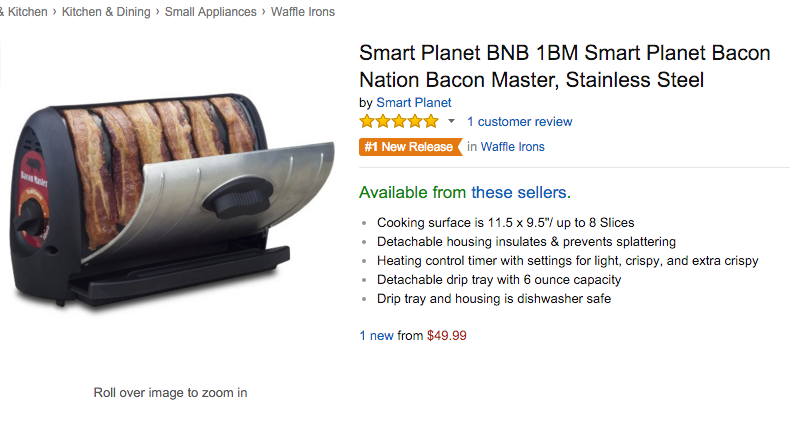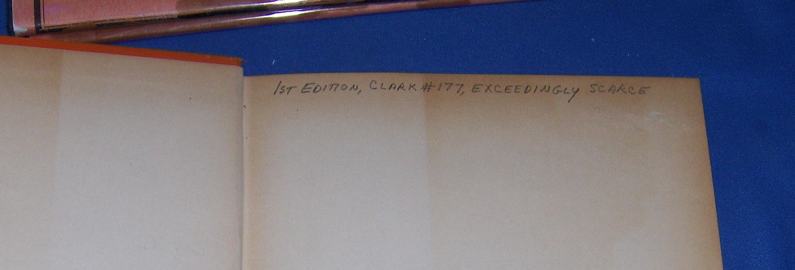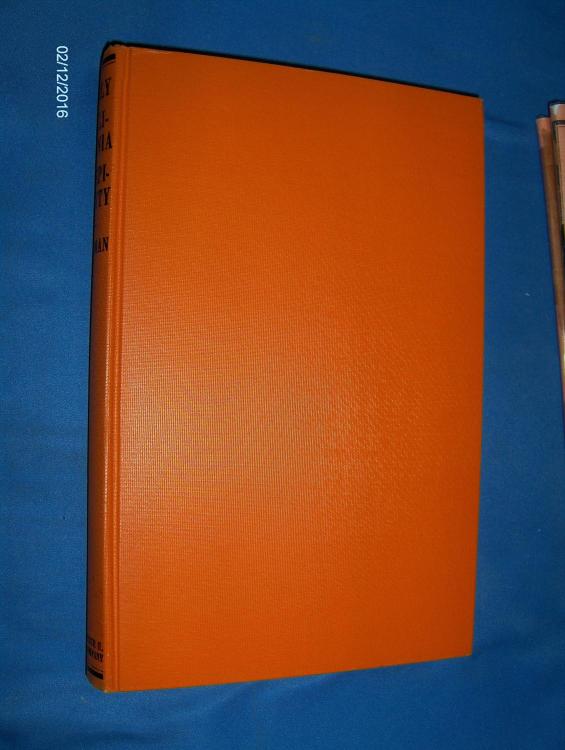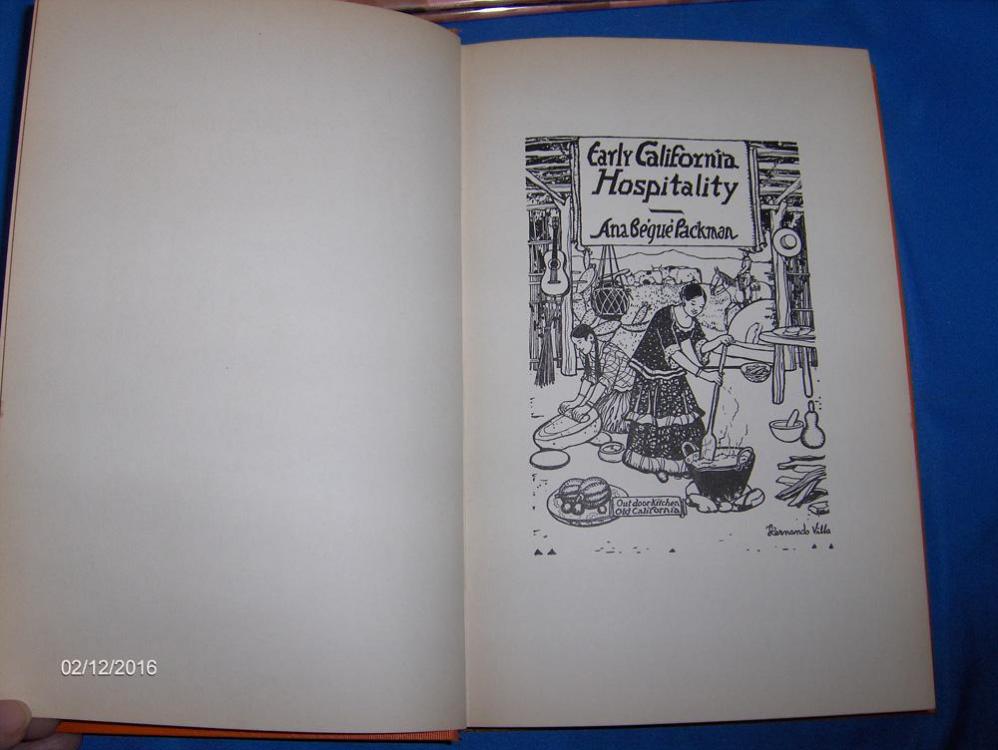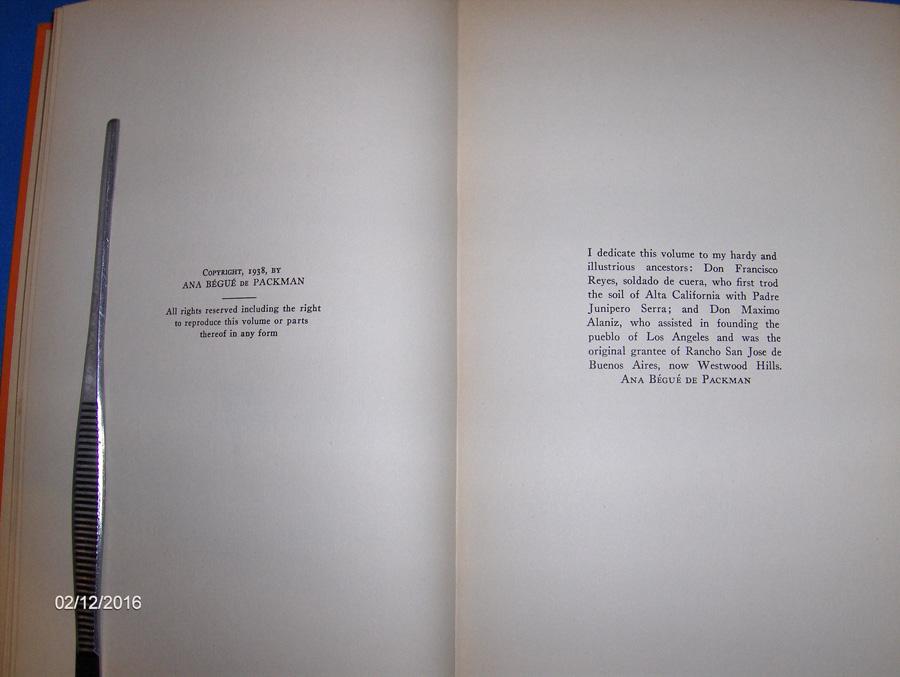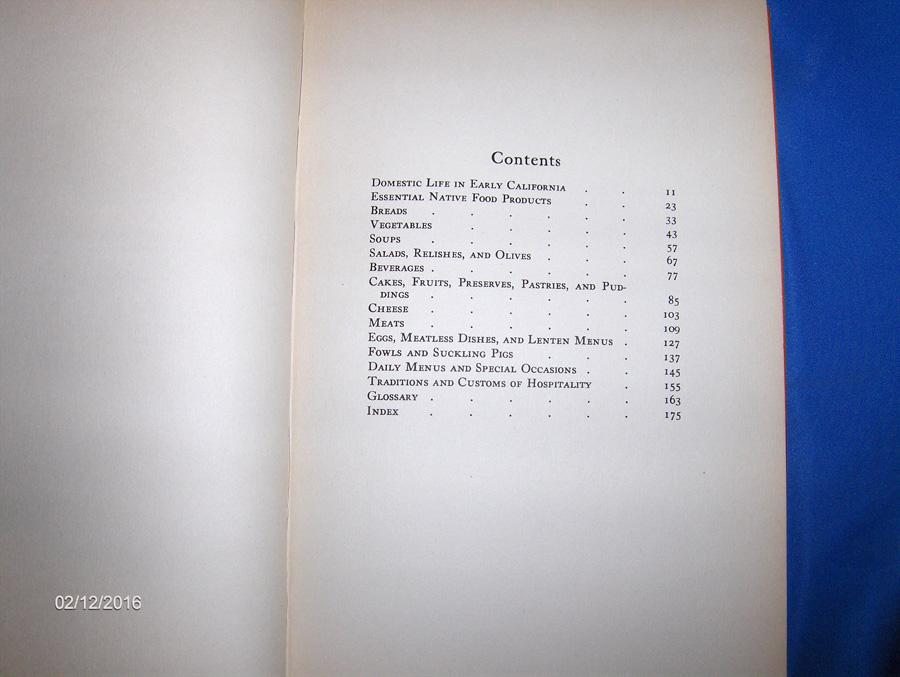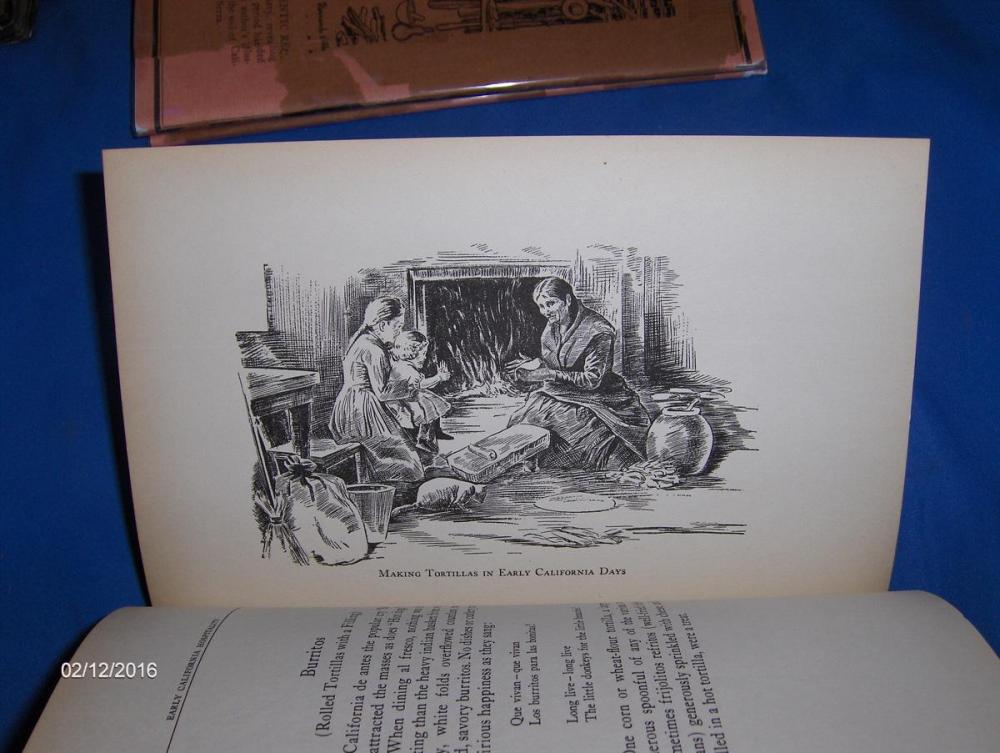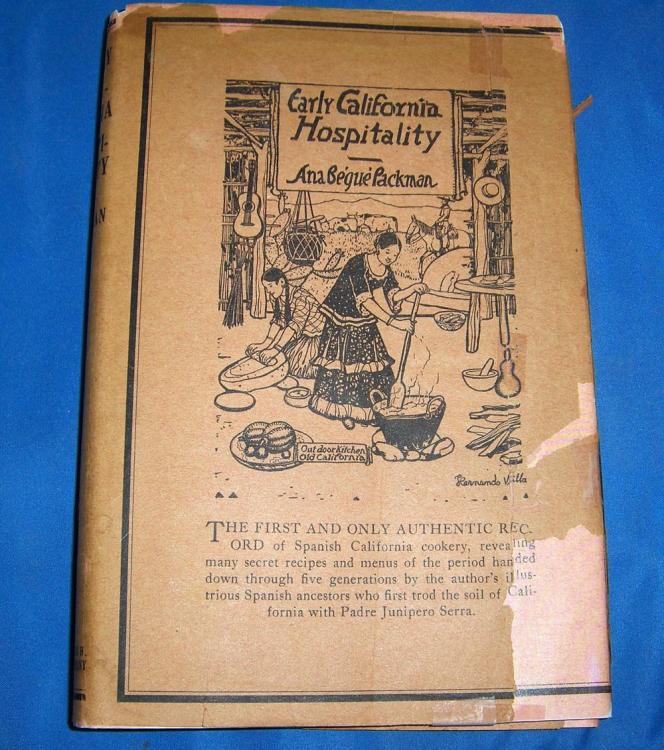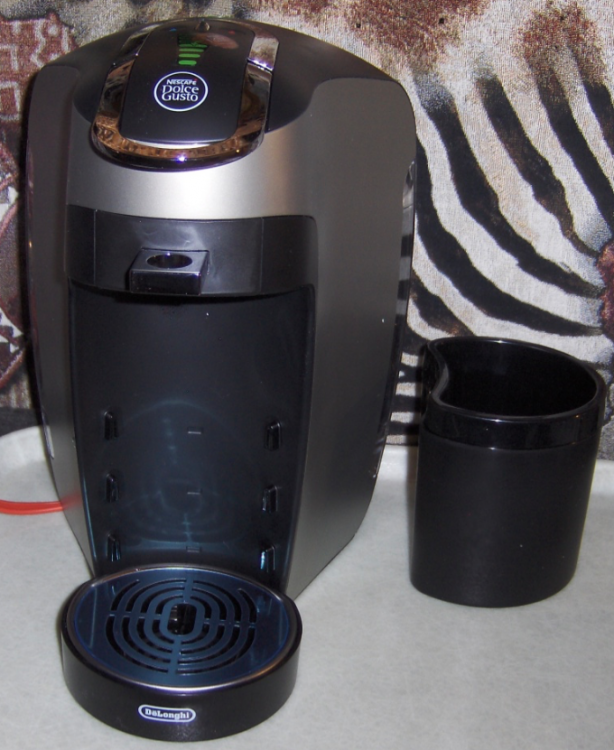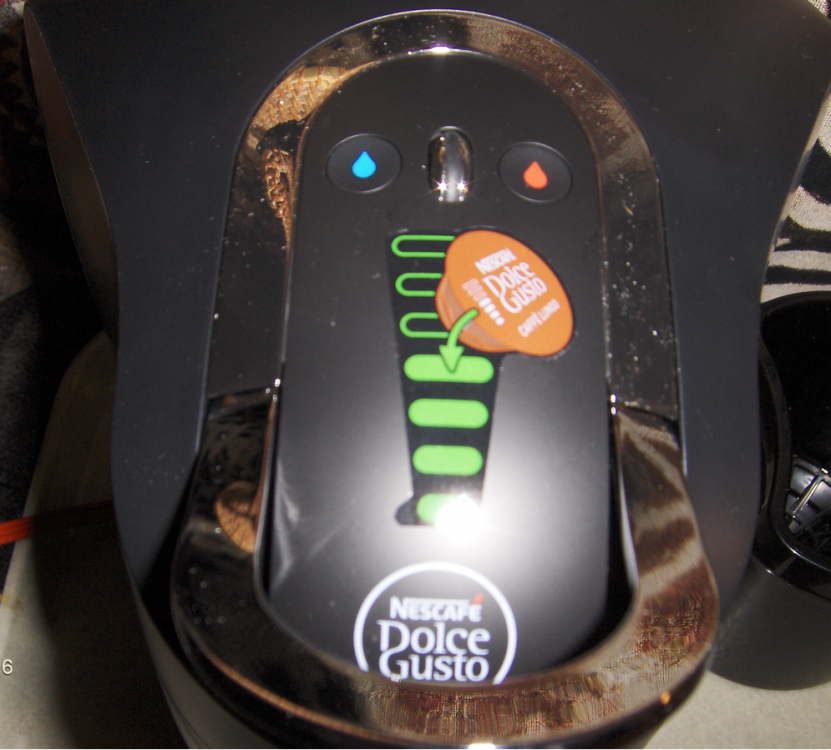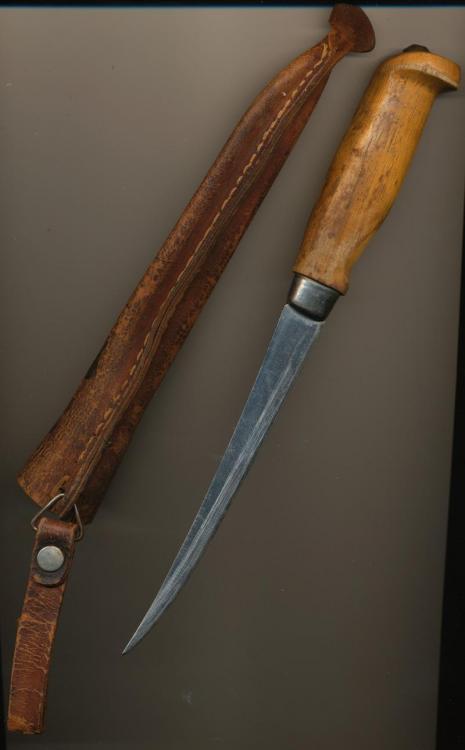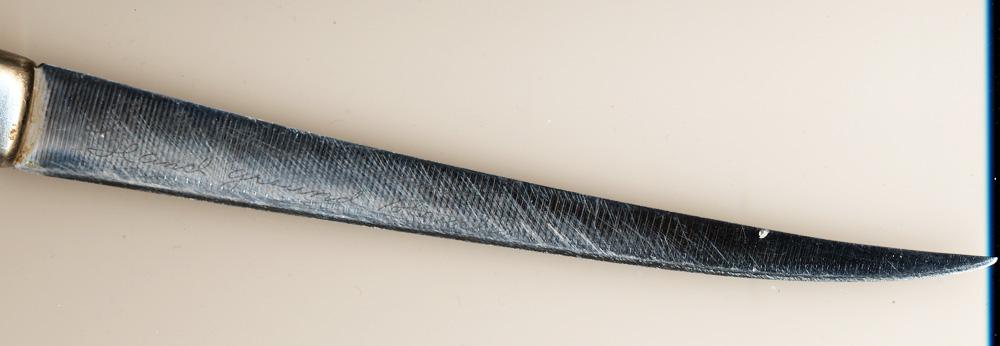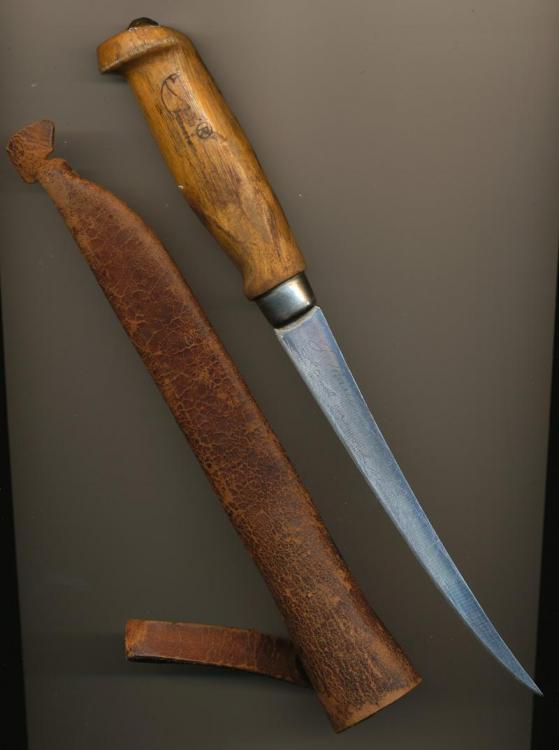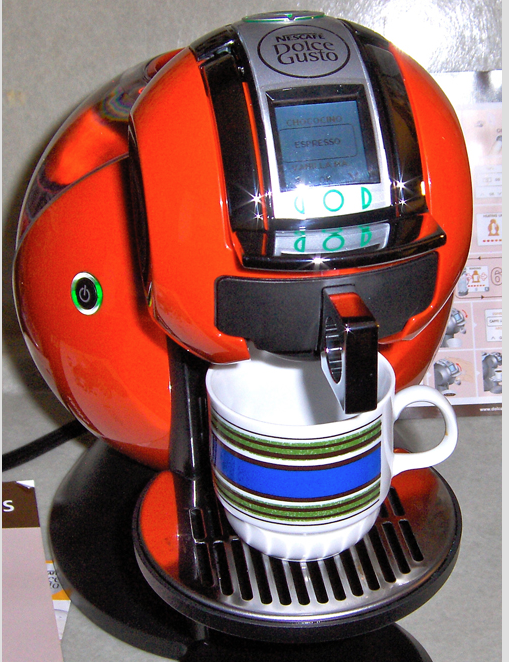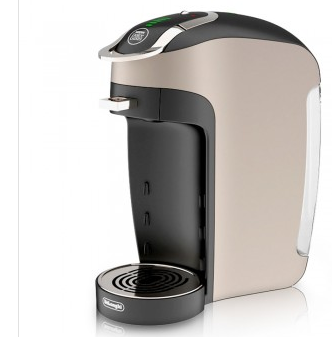-
Posts
11,034 -
Joined
-
Last visited
Content Type
Profiles
Forums
Store
Help Articles
Everything posted by andiesenji
-
I had a Dolce Gusto machine that failed. When I called and was told the machine had been discontinued and fixing it was not an option, I was pleased to be informed that they would REPLACE THE MACHINE entirely free, they even paid the shipping both ways - I packed the old machine in the box in which the new one was shipped. The new one is not like the old one but in my opinion is much better and more versatile. It uses the Dolce Gusto pods but there are also refillable pods and I recently bought some and they work just fine. I am really extremely pleased with the machine and love the way my coffee turns out. I don't use the milk pods but I mix my own "creamer" using half and half infused with vanilla (or you can add vanilla syrup if you like it sweetened) I heat it in the microwave before dispensing the coffee into it.
-
I make my own kefir, no need to heat or keep it at incubating temps. If you want some kefir "grains" I have lots.
-
a2 milk has been available in California for almost a year. Whole Foods carries it - the local health food store has it and some markets - I saw it at Von's last summer. I'm sure all of the "upscale" markets have it.
-

The Decline of Cold Cereal in the age of the Millennials
andiesenji replied to a topic in Food Traditions & Culture
Lordy! My stepdaughter used to put CocoPuffs in the blender with a cup of my half & half and make a "milkshake" - (this was in the late '60s, early '70s prior to the "smoothie" advent). She would then retreat to her room to get ready for school and never brought the glass back. So once a week I would make her retrieve all the yucky glasses from her room and wash them by hand. I cleaned the VitaMix myself. My stepson, into body building, would sneer at the CocoPuffs - he made his protein drinks in the blender with odd ingredients that smelled awful and looked worse. He treated cereals like poison. My husband who got up much earlier always wanted a hot breakfast and wouldn't eat cold cereal in any form. He couldn't stand milk - he was probably lactose intolerant but that was before the syndrome was well known. -
For many yogurt cultures, 140° F is too hot and will kill some of the most desirable organisms. The optimum temp of the milk to add the culture is no more than 120°F. I have my alarm thermometer set for 116° just to be sure and I have been making yogurt this way for decades. Earlier in this thread I quoted a bulletin from the California Dairy board with the criteria for culturing yogurt. It's on this page dated 8/17/2010. Since then I got Kefir "grains" and in addition to yogurt have a constant kefir culture going - no preheating of the milk and it works at room temp. I use a lot of it, drink it daily (my cardiologist recommended it) and it is very tasty.
-

The Decline of Cold Cereal in the age of the Millennials
andiesenji replied to a topic in Food Traditions & Culture
Ruskets were not like shredded wheat. They were like flakes pressed into a thick bar and some liked to break them up before adding the milk but I liked to see them float like little rafts in the milk. We weren't allowed a lot of sugar but my grandmother would put some molasses on top - sorghum molasses were made on the farm - or sometimes honey. I remember reading about how Ruskets were made in "sunny California" in Loma Linda, a town whose name meant "Beautiful Hill" and I thought that was such a pretty name for a town. Interesting that almost 70 years later I would have open heart surgery in Loma Linda. -

The Decline of Cold Cereal in the age of the Millennials
andiesenji replied to a topic in Food Traditions & Culture
We had "Ruskets" when I was a child, occasionally corn flakes but mostly we had hot cereal, oatmeal or grits. The cold cereal was a special treat. The "Ruskets" were one of the cereals sold by the Jewel Tea man. -
I've used my big de Buyer a lot. I used it a few days ago to slice some large eggplants (using the long holder) into thin "panels" to wrap around a filling where I would ordinary use pasta. I also made long slices of zucchini, carrots and cucumbers, all these for a party my neighbors were having prior to their relocating to Iowa. I couldn't do those on many other mandolins.
-
There was a similar appliance, back in the '70s, made by Westinghouse and I found a story and pictures about it HERE. I don't know how I managed to miss this back then but I did. Now I am wondering how I can find one that works.
-
-
I'm with Anna N. I LOVE gadgets and odd appliances (and have a vast number) but I am trying to "thin the herd" now so will not be opting for one of these. I just gave two of my pie bakers to a neighbor whose children have reached that age of wanting to help mom with the cooking and especially the baking. Since I had two, I gave them two that bakes 4 little pies each. I still have one that makes 2 larger pies. This is intriguing though. I wonder if it would work with the dense dough I used to make stroopwaffles from.
-

Want to weigh in on the value of a rare cookbook?
andiesenji replied to a topic in Cookbooks & References
I bought it many years ago when I was ardently collecting vintage cookbooks, in the mid '80s as I know it was prior to moving up here to Lancaster because it and some other rare oldies were in a metal footlocker to make sure they were protected. The bookshop in Pasadena went out of business in the early '90s. They had a huge section of cookbooks and I bought a lot from them. I don't recall how much I paid for it but it has this notation in it, written in pencil before I got it, so it was probably not cheap. Probably around $100.00 or so. Only 1019 copies were printed in 1938. The book was reprinted in 1952 or 1953 but I don't know how many of those were done. -

Want to weigh in on the value of a rare cookbook?
andiesenji replied to a topic in Cookbooks & References
Close Alex. The guy in NYC estimated it at $950 - 1200 and the SoCal guy said the condition of the book with extremely clean unfaded covers, near fine condition, only minimal "foxing" and with the DJ 95% intact, and having a strong attraction for California collectors said a retail value would be minimum $1200.00 here in California. He suggested I take it to the Huntington Library for certification. -

Want to weigh in on the value of a rare cookbook?
andiesenji replied to a topic in Cookbooks & References
No Dust Jacket and the covers are faded and stained. -

Want to weigh in on the value of a rare cookbook?
andiesenji replied to a topic in Cookbooks & References
-
Here's a game for those who like to test their knowledge of cookbooks. Guess how much two different book experts valued this book for. I can tell you it really shocked me. I know it is rare but apparently finding one with a dust jacket is extremely rare. I just received two "valuations" on a fairly rare cookbook and was shocked by both, one from an antiquarian book dealer here in SoCal who evaluates rare volumes for libraries and individuals referred by other dealers. (as I was) The other is a retired antiquarian library specialist in New York who was one of the editors of a publications for book dealers for many years and to whom I was referred by another cookbook collector. I found this book offered on line and the prices seemed reasonable but neither included the dust jacket. Apparently a dust jacket in some cases is more valuable than the book itself. Title: EARLY CALIFORNIA HOSPITALITY The Cookery Customs of Spanish California, authored by Ana Bégué de Packman This cookbook delves into the traditions of the Spanish settlers of California who followed Padre Junipero Serra as soldiers and colonists and adopted the native foods to their tables. The author was a direct descendant of Juan Francisco Reyes and was a long time Secretary of the Historical Society of Southern California. The dust jacket was printed on paper similar to "newsprint" and with a high acid content. There is some foxing inside, but not as much as I have seen in other books from the 1930s (a period when many printers were using less expensive papers). It is an interesting cookbook I found in a Pasadena book shop many years ago, sadly another book shop that is gone but for decades was a favorite of mine.
-
I received the replacement machine last Tuesday, it was promised in 5 to 7 work days and it arrived on the 7th in the morning. It's not as "cute" as the old one but it has a larger water tank and other attributes that make it superior. This one is more versatile than the one that I had - the red one had pre-programed functions for the various drinks that could be altered but one had to "scroll" through the various items on the menu to get to the one desired. This one just needs to have the amount of liquid to be dispensed selected with an easy to use wheel. During the past few days I have tried several variations and have been very pleased with them all. I also used foamed/steamed milk (from a frother/heater) instead of the Dolce Gusto milk pods, to which I added coffee or espresso via the machine and like the results very much. All in all I am extremely happy with this replacement and again, the service from this company has been EXCEPTIONAL!
-
I have a bunch of the Charles Viancin products. The overboil protector, the steaming lid, colander steamer and of course the LIDS. I posted a couple of years ago about the Lilypad lids which I use constantly, the big "rectangular" banana leaf lids which is perfect for the rectangular Pyrex bakers and since then I have added some other lids, just because I like the looks. I have purchased most of the newer ones from Amazon but before they were available there, I got the earlier ones from Chef's Resource which carried the full line from the beginning. - and they email frequent discounts.
-
Thanks for the info. I'm going to send this to my granddaughter who is an avid fisher. She is now at Davis but there are some fine fishing spots not far from there.
-
I'm bumping this up because I came across this J. Marttiini Finnish fish knife while searching for something else in my storage room. I don't recall when I got it but it was a very long time ago because my memory is usually pretty good, also this was in a box that hasn't been opened for 20 years or more. I see quite a few on ebay but I wanted to know if anyone here has one and has used one and how they perform, hold an edge, etc., since the blade is stainless, not carbon steel.
-
I think you mean the Dutching process means the cocoa will not react with baking SODA, baking POWDER contains both alkaline and acid components so reacts with neutral ingredients. Baking with Dutched cocoa and adding buttermilk or sour cream with baking SODA will achieve the same results. When I was in baking school in 1956 (Dunwoodie) we were schooled in how to produce a chocolate cake with a very firm, fine crumb by using Dutched cocoa, soured milk and baking soda - where baking powder would produce a looser less dense cake with more bubbles. As we were aiming for sheet cakes to be made into petit fours, the cake had to be denser and with a tight crumb for the ideal texture.
-
I have a couple of the crockery fermentation crocks. One has never been used. I'm going to put it on ebay when I can find the instructions (which should be inside the thing) and figure out how to package it because it is extremely heavy.
-
I love the shape of the red one. It was a gift from a couple of guys who had borrowed my superautomatic Saeco for a couple of parties they were hosting and I told them to keep it when they were ready to bring it back because I rarely used it. So a couple of weeks later I got the Dolce Gusto delivered along with a large supply of the pods. I used it a lot, at least 4 or 5 times a week and it never failed - until now. I am still so impressed with the customers service. I can't think when I have had such quick and extremely courteous response from a company representative, a young woman who spoke perfect English and was anxious to make sure I was 100% satisfied.
-
I just spent half an hour on the phone with a representative at Nescafe Dolce Gusto and with fantastic results. Earlier my Dolce Gusto machine died - the digital screen kept saying it was "Out of water" even though the tank was full and I had made a cappuccino earlier with no problems. I tried several options, nothing worked. I scrolled through the various items listed on the screen until I got to HELP, pushed the button and a phone number was displayed. I called and within 30 seconds was talking to a live representative. I described my problem and we went through the process that should have produced water, nothing. She asked for the model number, which I gave her and she checked to see if it could be repaired. Unfortunately this model has been discontinued and repair is not available (would have been free and with free shipping had it been). So they will be sending me a new machine, a Dolce Gusto Esperta™ which is a step up from my model and with more versatility. All free and I can use the shipping box to return my present machine, free shipping. So this is the way to promote brand LOYALTY. GREAT customer SERVICE! Compare that with some of the problems experienced by friends and neighbors who have had problems with Keurig machines and had to jump through hoops to get any service at all - plus waiting on hold for extended periods. Dolce Gusto does it right! This is the machine that died. And this is the one I am getting - Free.
- 21 replies
-
- 12
-

-
Absolutely. There are a lot of Chinese FAKES being sold as "Made in France" and you have to know, with the scrap price of copper so high, especially in Europe, there is no way that good, thick copper can be sold for those cheap prices. I have a lot of copper, including some that is now "antique" being over 100 years old and some has been retinned several times but I no longer use them as I transitioned to the stainless lined more than a decade ago. There has been a lot of copper on ebay recently and the REAL French copper has bronze or cast iron handles - some may have brass handles but I don't care for them. the Mauviel Bourgeat is what I like but there are some E. Delillerin pieces on offer right now. The weight is key - a Matfer Bourgeat fry pan, 10 inch, weighs 4 1/2 pounds. The cheap ones weigh half that, or less.


